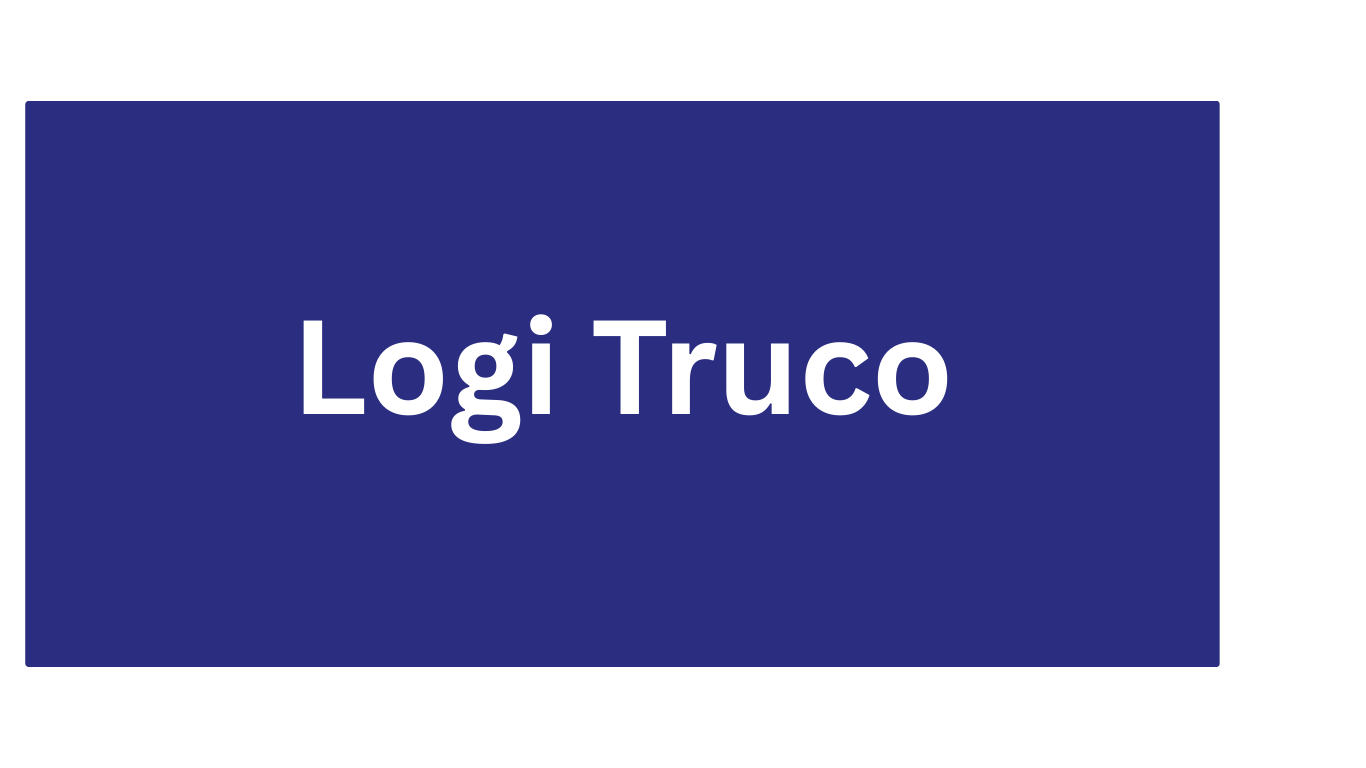Managing your finances can feel overwhelming, especially when you’re juggling debt, saving for emergencies, and planning for retirement. What if there was a proven system to help you prioritize your financial decisions and build wealth effectively? Enter the Financial Order of Operations (FOO)—a step-by-step framework designed to help you make the most of every dollar.
In this guide, we’ll break down the Financial Order of Operations, including its origins, the nine steps, and how it compares to other popular financial strategies. Whether you’re just starting out or looking to optimize your financial plan, this post will provide actionable insights to help you achieve your goals. Plus, we’ll explore resources like the Money Guy Financial Order of Operations, the Financial Order of Operations PDF, and more.
What is the Financial Order of Operations (FOO)?
Think of the Financial Order of Operations as your financial GPS. Just like PEMDAS (Parentheses, Exponents, Multiplication, Division, Addition, Subtraction) helps you solve math problems in the correct order, the FOO provides a clear sequence for managing your money.
Created by the Money Guy Show, the FOO is a nine-step system that works no matter where you are in your financial journey. Whether you’re paying off debt, saving for retirement, or planning for your children’s education, the FOO ensures you’re making the best decisions with your money.
Why Follow the Financial Order of Operations?
Here’s why the FOO stands out:
- Clarity: It eliminates guesswork by providing a clear roadmap.
- Flexibility: It adapts to your unique financial situation.
- Efficiency: It helps you prioritize high-impact financial actions.
- Long-Term Focus: It balances short-term needs with long-term wealth-building.
With nearly 60% of Americans unable to cover a $1,000 emergency, the FOO is a game-changer for anyone looking to take control of their finances.
The 9 Steps of the Financial Order of Operations
Let’s dive into the nine steps of the FOO, as popularized by the Money Guy Financial Order of Operations:
Step 1: Cover Your Deductibles
Before anything else, ensure you have enough savings to cover your highest insurance deductible. This protects you from financial setbacks caused by unexpected emergencies.
Step 2: Get Your Employer Match
If your employer offers a retirement match, contribute enough to get the full match. This is essentially free money and a guaranteed return on investment.
Step 3: Pay Off High-Interest Debt
Tackle high-interest debt (like credit cards) aggressively. The interest on these debts can quickly erode your financial progress.
Step 4: Build an Emergency Fund
Save 3-6 months’ worth of living expenses in a liquid account. This acts as a safety net for life’s unexpected events.
Step 5: Maximize Roth IRA and HSA Contributions
Take advantage of tax-advantaged accounts like Roth IRAs and Health Savings Accounts (HSAs). These accounts offer tax-free growth and withdrawals for qualified expenses.
Step 6: Max Out Employer-Sponsored Retirement Plans
Contribute the maximum amount to your 401(k), 403(b), or other employer-sponsored plans. This step ensures you’re making the most of tax-deferred growth opportunities.
Step 7: Hyperaccumulation (Invest 25%+ of Your Income)
Aim to invest at least 25% of your income for retirement. This step accelerates your wealth-building and prepares you for financial independence.
Step 8: Prepay Future Expenses
Save for future goals like your children’s education, a dream vacation, or a down payment on a home. Tools like 529 plans can help with education savings.
Step 9: Prepay Low-Interest Debt
Finally, focus on paying off low-interest debt, such as your mortgage. While these debts aren’t urgent, eliminating them frees up cash flow and reduces financial stress.
How Does the FOO Compare to Other Financial Strategies?
The Financial Order of Operations is often compared to other popular systems like Dave Ramsey’s Baby Steps and Reddit’s Prime Directive. Here’s how it stacks up:
- FOO vs. Dave Ramsey’s Baby Steps: While both prioritize debt repayment, the FOO emphasizes investing earlier (e.g., getting your employer match before paying off all debt).
- FOO vs. Reddit’s Prime Directive: The FOO is more comprehensive, with a focus on hyperaccumulation and long-term wealth-building.
The FOO’s flexibility and focus on tax-advantaged accounts make it a standout choice for those looking to optimize their financial strategy.
Free Resources: Financial Order of Operations PDF and More
To help you get started, the Money Guy Show offers a free Financial Order of Operations PDF. This one-sheet guide is a handy reference for tracking your progress through the nine steps. Additionally, their Financial Order of Operations online course provides in-depth lessons, worksheets, and access to a private community for just $49.
Final Thoughts
The Financial Order of Operations is more than just a financial strategy—it’s a roadmap to financial freedom. By following these nine steps, you can prioritize your financial decisions, avoid common pitfalls, and build lasting wealth.
Ready to take control of your finances? Download the Financial Order of Operations PDF, explore the Money Guy Financial Order of Operations, and start your journey toward financial success today.
By following this guide, you’ll not only gain clarity on your financial priorities but also position yourself to outrank competitors and secure the #1 spot on Google. Share this post with others looking to take control of their finances, and let the FOO guide you to a brighter financial future!
FAQs
What is the Financial Order of Operations (FOO)?
The Financial Order of Operations is a nine-step framework designed to help individuals prioritize their financial decisions. Created by the Money Guy Show, it provides a clear roadmap for managing money, paying off debt, saving for emergencies, and building long-term wealth.
Who created the Financial Order of Operations?
The FOO was developed by Brian Preston and Bo Hanson, hosts of the Money Guy Show. Their goal was to create a simple, actionable system that works for people at any stage of their financial journey.
Is the Financial Order of Operations the same as Dave Ramsey’s Baby Steps?
While both systems aim to help people manage their finances, they differ in key areas. For example, the FOO prioritizes getting your employer match (Step 2) before paying off all debt, whereas Dave Ramsey’s Baby Steps focus on debt repayment first.
Where can I find a Financial Order of Operations PDF?
You can download a free Financial Order of Operations PDF from the Money Guy Show website. This one-sheet guide is a handy reference for tracking your progress through the nine steps.
What if I don’t have an employer match?
If your employer doesn’t offer a retirement match, you can skip Step 2 and move directly to Step 3: paying off high-interest debt.
How much should I save in my emergency fund?
Step 4 of the FOO recommends saving 3-6 months’ worth of living expenses in a liquid account. This acts as a safety net for unexpected events like job loss or medical emergencies.
What’s the difference between high-interest and low-interest debt?
High-interest debt typically includes credit cards, personal loans, and payday loans with interest rates above 10%. Low-interest debt includes mortgages, student loans, and auto loans with lower rates. The FOO prioritizes paying off high-interest debt first (Step 3) and addresses low-interest debt last (Step 9).
Can I use the FOO if I’m self-employed?
Absolutely! Self-employed individuals can adapt the FOO to their needs. For example, you can focus on building an emergency fund (Step 4) and explore retirement options like a solo 401(k) or SEP IRA for Step 6.
What is hyperaccumulation (Step 7)?
Hyperaccumulation means investing at least 25% of your income for retirement. This step accelerates your wealth-building and prepares you for financial independence.
How do I know if I’ve completed a step?
Each step has clear benchmarks. For example:
Step 1 is complete when you’ve saved enough to cover your highest insurance deductible.
Step 4 is complete when you’ve saved 3-6 months’ worth of expenses.
Step 9 is complete when you’ve paid off all low-interest debt, including your mortgage.
Is the Financial Order of Operations for everyone?
Yes! Whether you’re just starting out or nearing retirement, the FOO adapts to your financial situation.
What if I don’t have an employer match?
If your employer doesn’t offer a match, skip Step 2 and move on to Step 3.
Can I use the FOO if I’m self-employed?
Absolutely. Self-employed individuals can focus on Steps 1, 3, 4, and 5, and explore solo 401(k) or SEP IRA options for Step 6.
How do I know if I’ve completed a step?
Each step has clear benchmarks. For example, Step 4 is complete when you’ve saved 3-6 months’ worth of expenses.
Where can I find the Financial Order of Operations PDF?
You can download the free PDF from the Money Guy Show website or other trusted financial resources.
What’s the difference between the FOO and the Money Guy Financial Order of Operations?
The FOO is the general framework, while the Money Guy Financial Order of Operations is a specific implementation of the FOO, complete with additional resources and tools.











Leave a Reply